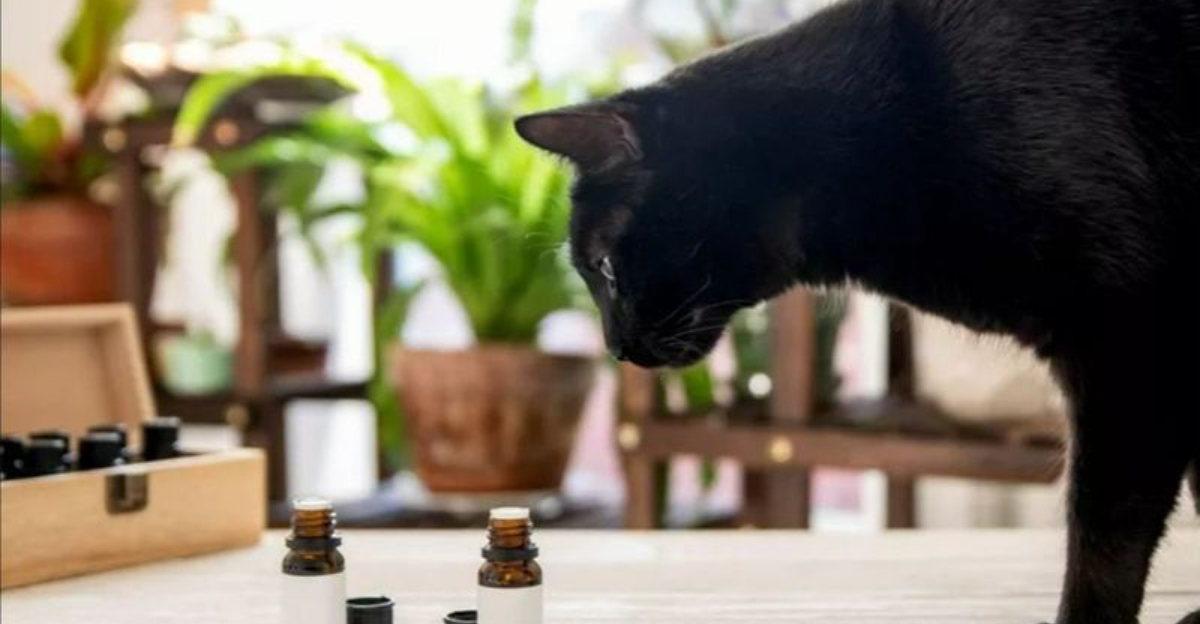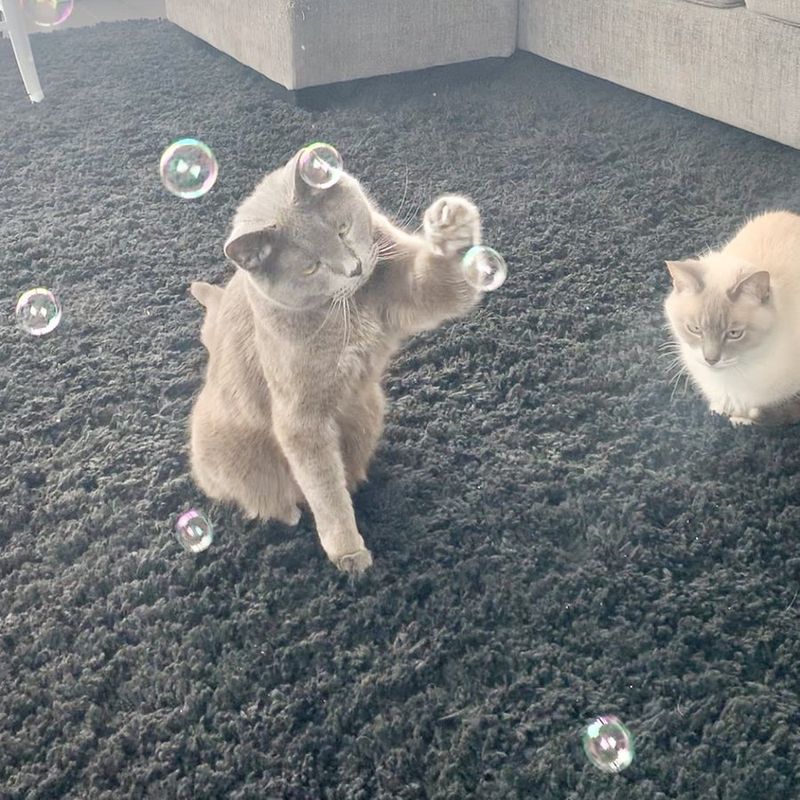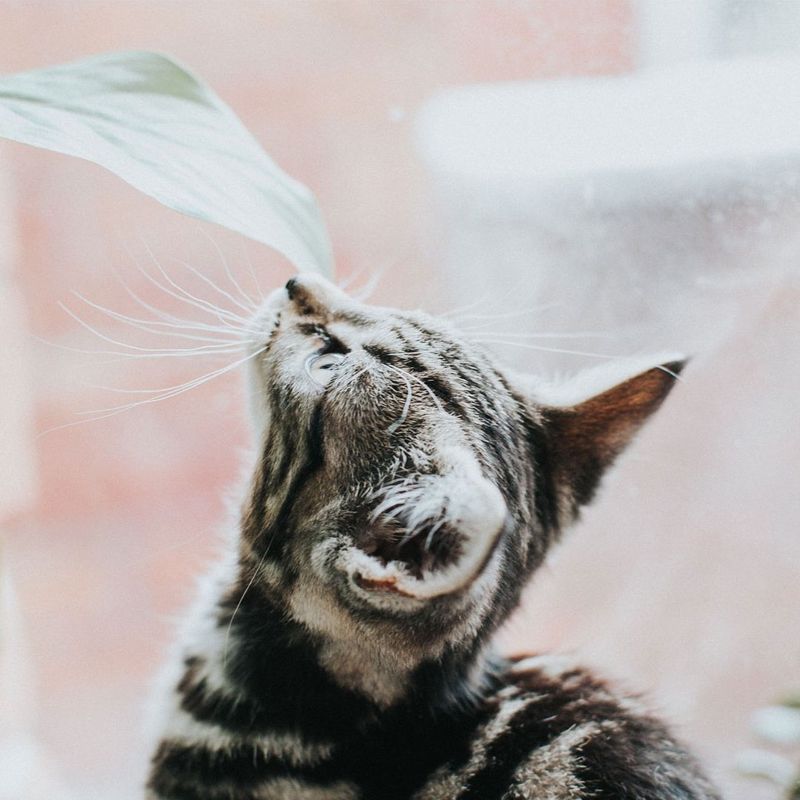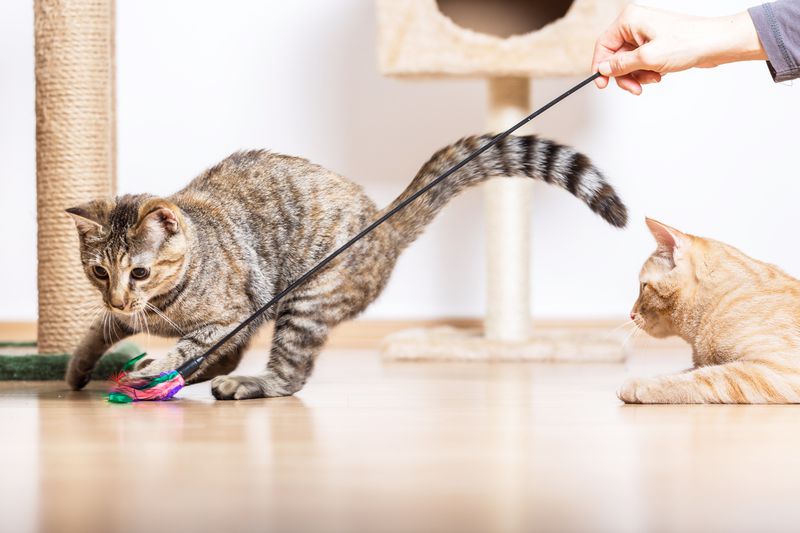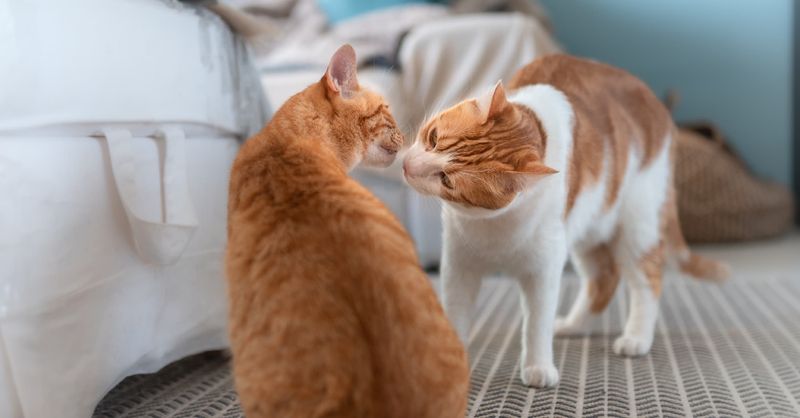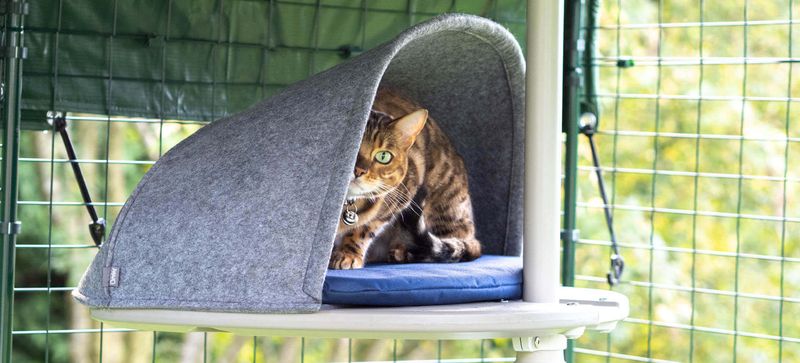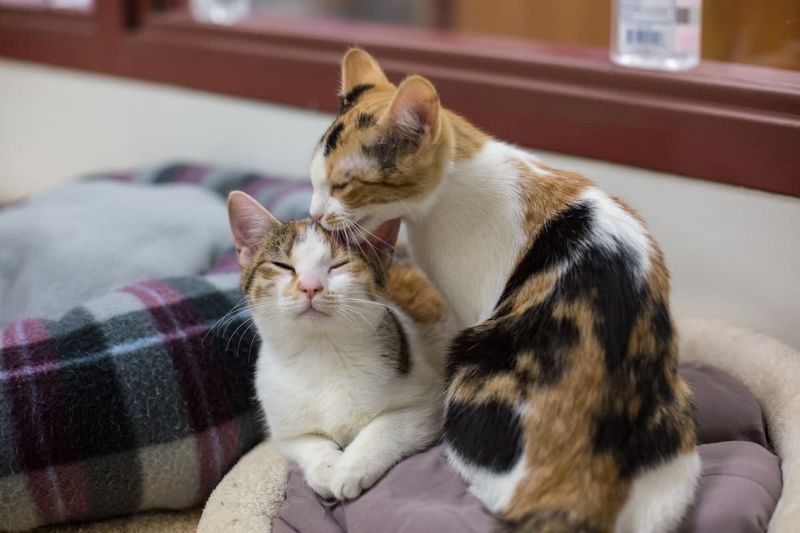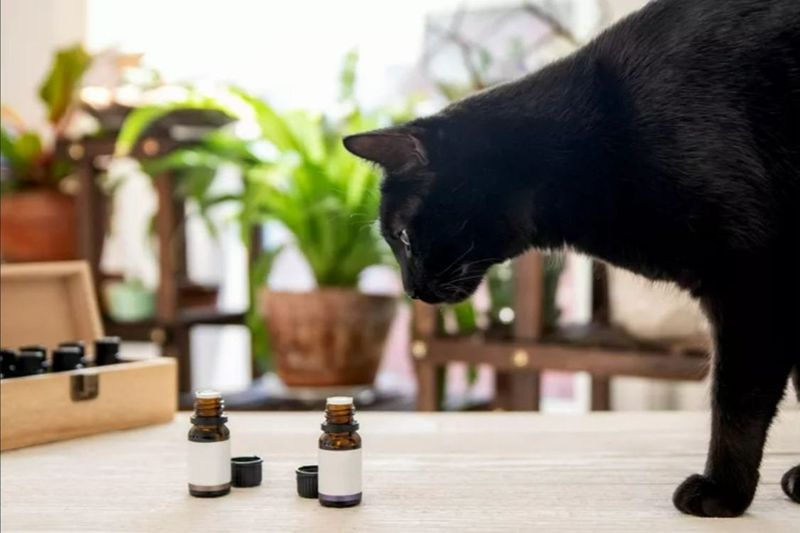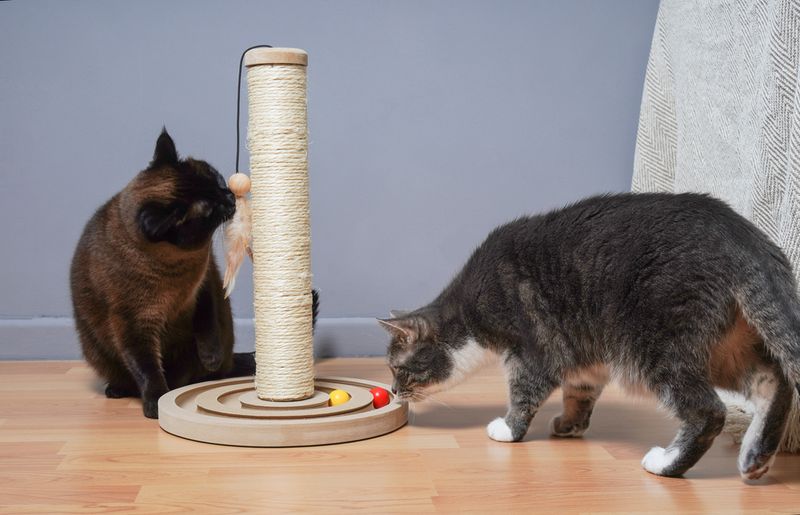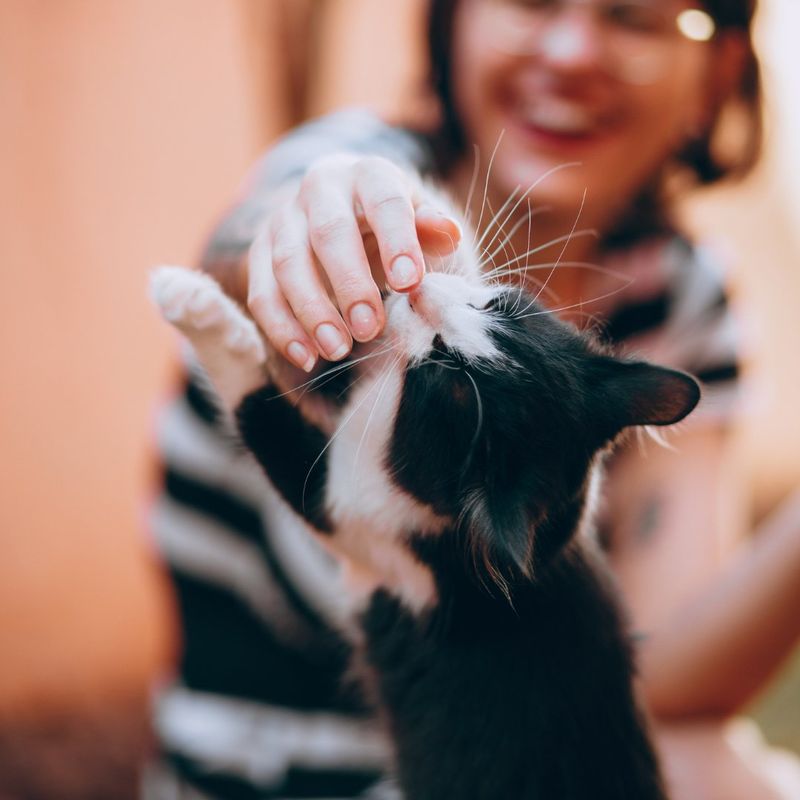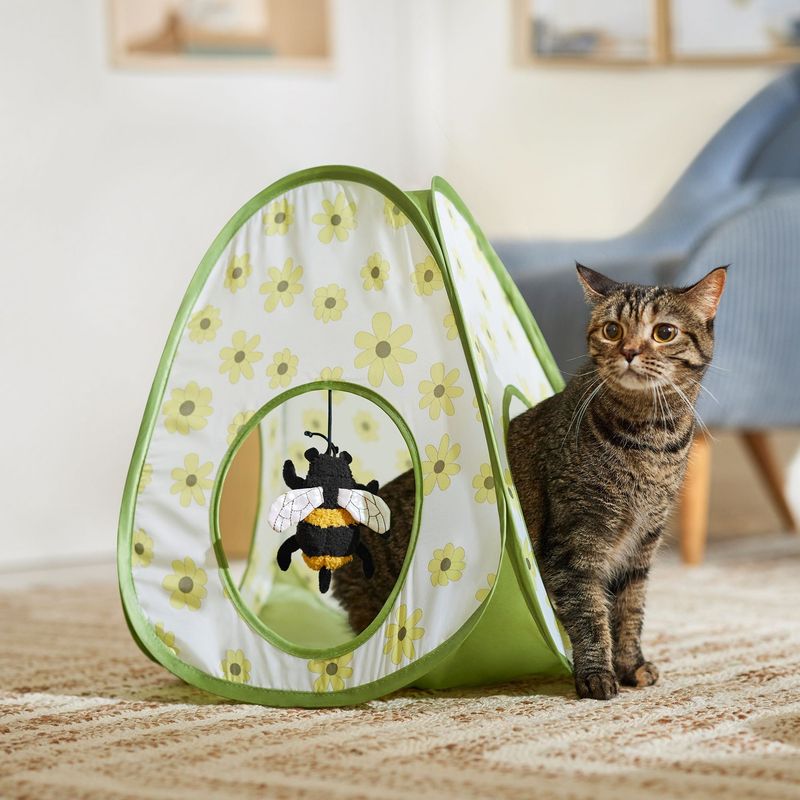📖 Table of Content:
- 1. Do Use a Variety of Safe Scents
- 2. Do Create a Scent Trail or Scent Stations
- 3. Do Offer Familiar Comfort Items
- 4. Do Introduce New Scents Gradually
- 5. Do Provide Escape Zones
- 6. Do Keep the Group Small and Compatible
- 1. Don’t Use Strong Essential Oils or Unsafe Plants
- 2. Don’t Force Interaction
- 3. Don’t Forget to Monitor Body Language
- 4. Don’t Leave Scented Items Unattended
Cats perceive the world primarily through scent. Their extraordinary sense of smell helps them understand their environment, connect with other animals, and even detect changes in mood or surroundings. So, when it comes to creating a stimulating and memorable playdate, centering the experience around scent is a purrfectly natural—and enriching—idea.
Scent-themed playdates offer a unique opportunity to entertain and mentally stimulate your feline friends in a way that feels instinctive and exciting. From calming herbs to curiosity-piquing plants, the possibilities are as diverse as your cats’ personalities. But just like with any social event, there are a few golden rules to ensure safety, comfort, and fun for everyone involved.
To help you plan a whisker-twitching event that cats will adore, we’ve compiled a list of 6 essential Do’s and 4 critical Don’ts. These tips will guide you through setup, scent choices, and safety considerations so that your feline guests have the time of their nine lives—without the stress or missteps.
1. Do Use a Variety of Safe Scents
Incorporating a diverse selection of feline-safe scents can elevate your playdate from simple to sensational. Choose herbs like catnip, silvervine, valerian root, and honeysuckle—each of which offers different effects and levels of intensity. While some cats go wild for catnip, others might find silvervine more enticing. To keep the experience fresh, offer multiple scent types in clearly separated spaces. You can use soft toys, fabric pouches, or even scent-infused cardboard for creative presentation. A little dried lavender in small quantities can also offer a calming counterbalance. Remember, not all cats respond to the same scents, so variety ensures every cat finds something they love. Keep the amount moderate to avoid overstimulation or scent fatigue.
2. Do Create a Scent Trail or Scent Stations
Designing the playdate layout with scent stations encourages natural feline exploration. By placing distinct scents at various “checkpoints” around the room, you turn the space into a sensory playground. Cotton balls in perforated containers, scented toys, or herb-stuffed pouches work great for these stations. Position each scent in a low-traffic corner to give cats space to sniff without pressure. Trails can be made by lightly dabbing essential oils (only safe ones!) under bowls or mats—just make sure they’re inaccessible for ingestion. Each station should offer a new “story” for their noses to unravel. This variety keeps cats engaged, encourages healthy movement, and can even strengthen bonds among cats through shared curiosity.
3. Do Offer Familiar Comfort Items
Integrating items that smell like home can make a world of difference in easing your cat into the playdate environment. A favorite blanket, a recently worn shirt, or a loved toy helps create a secure emotional anchor. These familiar scents can act as a buffer against unfamiliar smells, making the space feel safer. Cats rely heavily on scent to identify “safe zones,” and bringing something that smells like you can actually reduce their anxiety. It’s especially helpful if you’re hosting unfamiliar feline guests—they’ll be comforted by something that feels known. Place these items in corners or hideaways to serve as retreat spots. Comfort is key when introducing novelty.
4. Do Introduce New Scents Gradually
Rolling out all the scents at once might seem exciting, but a gradual approach is far more effective and respectful of your cats’ limits. Cats are highly sensitive and can become overwhelmed by too many unfamiliar smells in a short span of time. Instead, stagger your scent reveals—start with one or two and observe how the cats interact with them. Allow at least 10–15 minutes before introducing another. Watch for tail flicks, purring, rubbing, or disinterest—these cues will help you gauge how to proceed. Gradual exposure also builds anticipation and keeps the playdate engaging over time. Think of it as scent-layered storytelling for your cat’s nose.
5. Do Provide Escape Zones
Even the most social cats appreciate having an “out” when they feel overstimulated. Setting up a few quiet areas—like a covered bed, a cardboard box with a blanket, or a small tent—gives cats a safe retreat. Make sure these zones are scent-neutral or filled with familiar smells rather than new ones. This gives cats a space to decompress without completely leaving the party. Watch to see if certain cats spend more time here; they might be introverts or simply scent-sensitive. Avoid placing these zones too close to the main activity area to reduce sensory overload. Think of them as lounges in a nightclub—they keep the vibe balanced. When cats feel secure, they’re more likely to re-engage.
6. Do Keep the Group Small and Compatible
Hosting a manageable number of cats ensures a smoother and safer event for all. Not every cat is a social butterfly, so it’s best to invite only cats who are known to be friendly and non-territorial. A group of 2–4 cats is ideal, especially if they’re already familiar with one another. Observe how they interact—body language is your best clue to compatibility. Avoid pairing dominant or aggressive cats in close quarters with shy ones. Introduce them slowly at the start, allowing ample time to sniff and size each other up. Compatibility sets the tone for cooperative scent exploration. A harmonious group means fewer hisses and more happy purring.
1. Don’t Use Strong Essential Oils or Unsafe Plants
Avoid any oils or botanicals that are toxic to cats, even in trace amounts. Scents like eucalyptus, tea tree, citrus, and cinnamon can cause adverse reactions ranging from respiratory irritation to serious health issues. What smells mild to you might be overwhelming—or even harmful—to your cat. Always cross-check plant and oil safety with veterinary-approved lists. Even safe scents should be used in diluted or indirect formats—think infused toys, not direct skin contact. When in doubt, leave it out. Natural doesn’t always mean cat-safe, so err on the side of caution.
2. Don’t Force Interaction
Pushing a cat toward a scent station or another feline can quickly turn a fun playdate into a stressful ordeal. Cats thrive on autonomy, and scent exploration is best when it’s voluntary. Let them approach and investigate in their own time, even if it means some just hang out on the sidelines. Use lures like treats or toys nearby if you want to spark interest—never your hands or pressure. Forcing sniffing or socializing can lead to anxiety or aggressive behavior. Trust that your cat will engage when the mood strikes. Respecting their boundaries builds a better experience over time.
3. Don’t Forget to Monitor Body Language
Failing to watch your cats’ cues can lead to unnecessary stress or scuffles. A cat that flattens its ears, hunches, or growls is giving you clear signs that something isn’t right. Take immediate action—remove the scent or separate the cats. Not every scent is a hit, and not every moment is a good one for group play. Stay nearby and attentive throughout the playdate. Catching tension early prevents escalation. It’s your job to act as the calming, guiding presence. Think of yourself as the scent-themed party host and feline interpreter.
4. Don’t Leave Scented Items Unattended
Unsupervised scented items can quickly turn from stimulating to dangerous. Cats may chew, ingest, or spill containers with concentrated smells or herbal contents. Even safe herbs can cause tummy troubles if consumed in large quantities. Keep all scented materials contained, secured, and monitored during the playdate. Avoid glass containers or loose sachets that might get torn open. If you must leave the room, collect or cover all scent-based items temporarily. Safety first ensures that curiosity stays cute—not chaotic.
